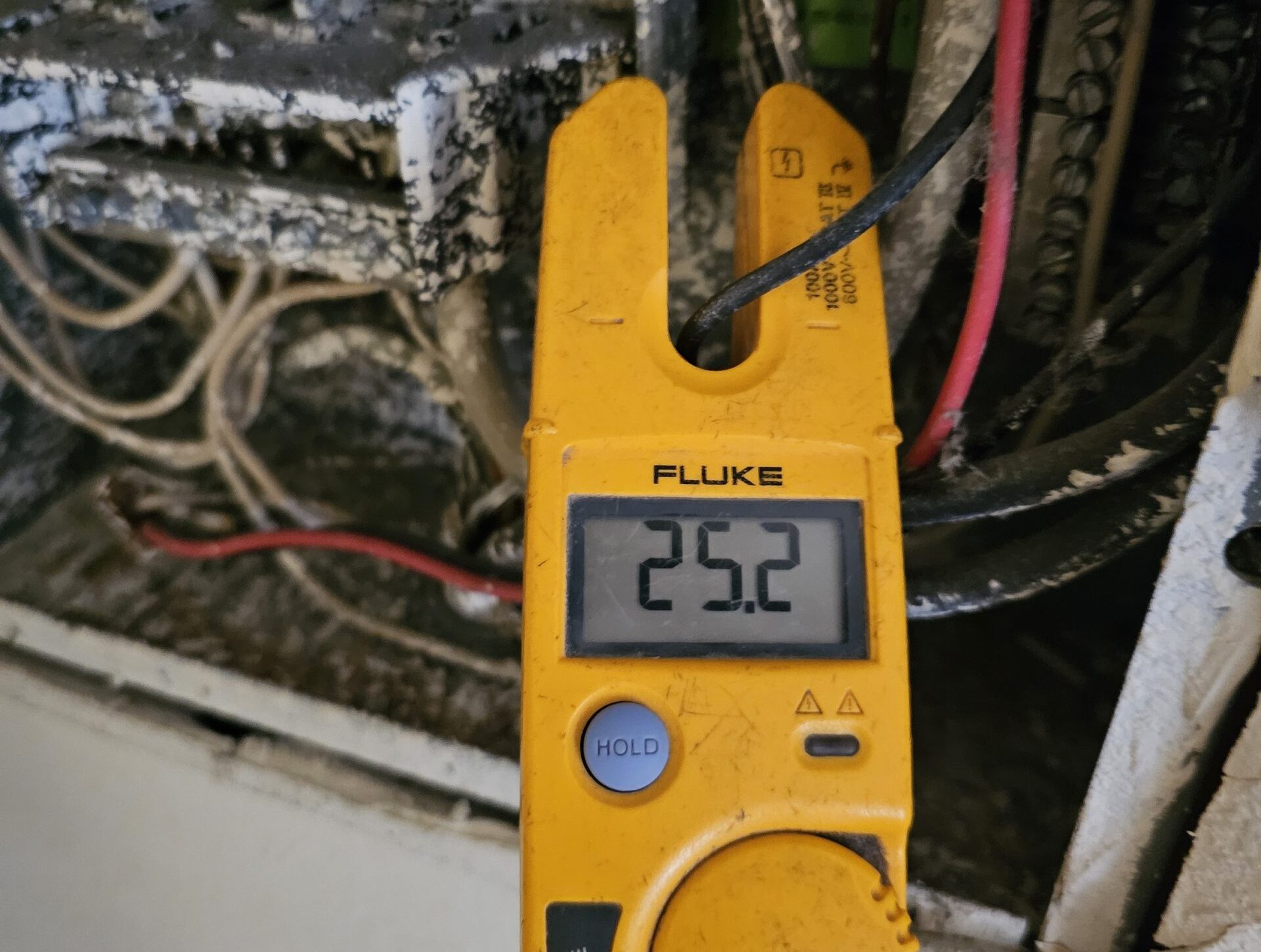
What to Expect During an Electrical Inspection: A Step-by-Step Guide
An electrical inspection is an essential process for ensuring the safety and efficiency of your home or business’s electrical system. Whether you’re moving into a new property, planning an upgrade, or conducting routine maintenance, an inspection helps identify potential issues before they turn into costly repairs or safety hazards. Here’s a step-by-step guide on what you can expect during a professional electrical inspection.
1. Initial Assessment and Visual Inspection
The first step of any electrical inspection is a visual check. A licensed electrician will assess your entire electrical setup, including panels, outlets, wiring, and appliances. They will look for visible signs of damage such as frayed wires, overloaded circuits, or outdated panels. This initial assessment helps the inspector gauge the overall health of the electrical system and spot any immediate concerns.
2. Testing and Measuring
Next, the electrician will use specialized tools to test various components of your system. They’ll check voltage levels, ground fault interrupters (GFCIs), and circuit breakers to ensure they’re functioning correctly. Any irregularities, such as inconsistent voltage or malfunctioning safety switches, will be flagged for repair. This process is crucial for preventing electrical fires, overloads, or malfunctions that could disrupt your electrical service.
3. Code Compliance Check
One of the primary goals of an electrical inspection is to ensure that your system complies with local electrical codes. These codes are designed to protect property owners from electrical hazards. The inspector will review your wiring, outlets, and electrical panels to ensure they meet safety standards. If your property is older, they may recommend upgrades to bring it up to current code requirements. Staying compliant not only improves safety but can also save you from hefty fines or issues when selling your property.
4. Evaluation of Electrical Load Capacity
Another important aspect of the inspection is evaluating whether your electrical system can handle your current and future power needs. The inspector will assess your circuit load to ensure that it can safely support your electrical appliances and devices. If your system is strained or overloaded, they might suggest upgrading the panel or adding additional circuits to avoid future power outages or damage to equipment.
5. Detailed Report and Recommendations
After completing the inspection, you’ll receive a detailed report outlining the condition of your electrical system. The report will include any areas of concern, code violations, and suggestions for improvements. For minor issues, they may recommend immediate repairs, while larger concerns may call for a more extensive upgrade. This report is essential for helping you plan necessary electrical work and ensuring long-term safety.
The Benefits of Regular Inspections
Regular electrical inspections are a preventative measure that can save you from major problems down the line. By identifying issues early, you can avoid costly repairs, reduce the risk of electrical fires, and ensure your system is working as efficiently as possible. At All In Electrical, we offer comprehensive inspection services to keep your home or business safe and compliant. Our licensed electricians have the expertise to spot potential problems and provide reliable solutions.
Ensuring your electrical system is in top shape is an investment in both safety and efficiency. If you’re due for an inspection or want peace of mind, contact us today to schedule a professional electrical inspection.


